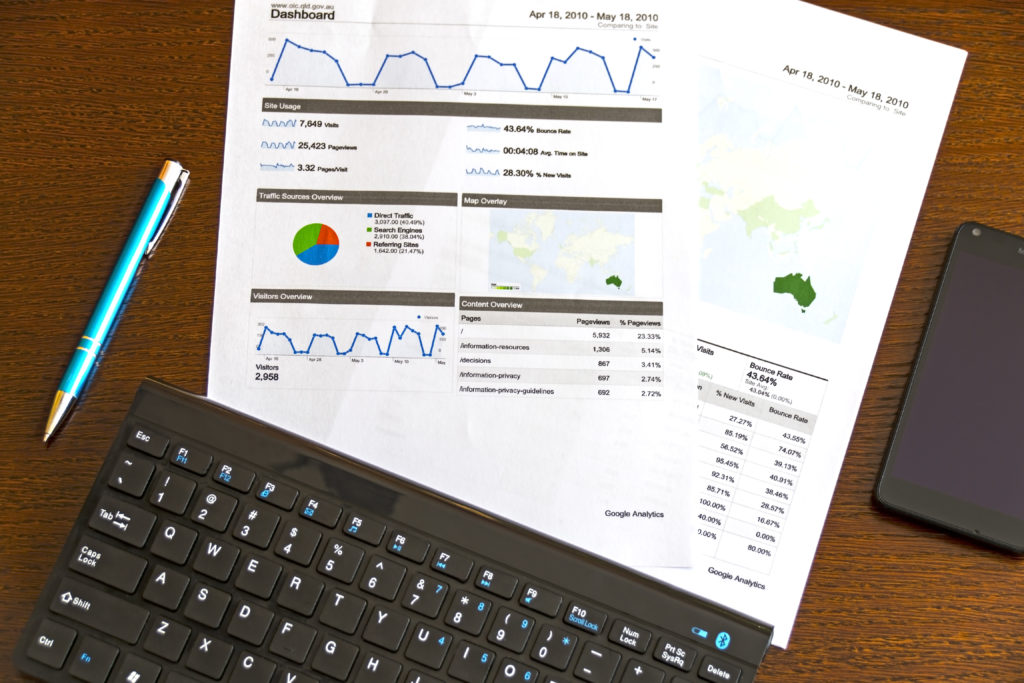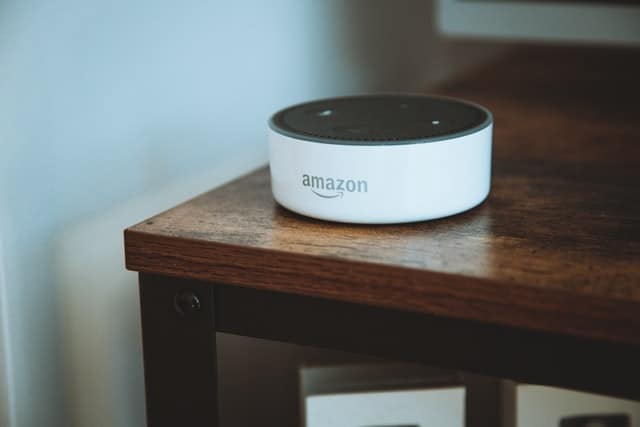First published: May 29, 2022 @ 6:00 pm
Automation is a concept that has always been present in healthcare. The health industry has already implemented it in various ways, with technological advancements and research.
We now see automation to improve patient safety and increase efficiency in healthcare services.
This article will see a few examples of how automation has changed healthcare and wellness services.
What is Automation?

Photo by National Cancer Institute on Unsplash.
We have seen automation increase efficiency in healthcare services. So we use it to increase productivity and increase the overall efficiency of healthcare services, especially in hospitals.
With the advancement of technology, we have also seen automation improve patient safety and increase patient satisfaction.
We have also seen automation decrease costs for businesses and governments in recent years. In addition, automation provides many benefits in terms of savings, efficiency, and productivity.
Automation itself means performing a task using machines or computers. We believe we can use automation to decrease the costs of healthcare services, reduce work-related injuries, and increase patient satisfaction.
9 Examples of How Automation Improves the Wellness Industry
1. Registration System for Patients
Healthcare has become more automated in recent years. For example, many hospitals have used computerized patient registration systems. These systems help medical staff ensure that the patient information is accurate and current.
They also help the medical team ensure that they have fully informed the patient about the services provided by the hospital and their treatment options.
2. Smart Automation for Fitness Centers
In terms of healthcare, one of the best examples of automation we find in fitness centers. Fitness centers are constantly working on providing the best possible services for their clients.
As a result, they have implemented various automation systems that help them improve efficiency and productivity while ensuring that they provide quality services to their clients.
For example, most fitness centers have implemented an automated weight management system that helps them record every customer’s weight when they step into the center’s premises.
The system also provides information about how each customer lost much weight during their workout sessions, which allows them to determine how effective each client’s workout was and how long it took for them to lose weight before going home.
In addition, this system allows them to send out automated reminders about a customer’s follow-up appointment.
3. Automated Service Counter
In healthcare, one of the best examples of automation we can find in service counters. Most medical and dental clinics have already implemented automated service counters.
These counters help medical staff ensure patients receive the correct information about their services and treatment options. In addition, they also help medical staff to provide quality services to their clients.
For example, automated service counters help medical staff keep track of patient payments, ensuring that they get paid for all the services they provide and their clinic staff.
4. Automated Receptionist System

Photo by Martha Dominguez de Gouveia on Unsplash.
It won’t be long until we see more automation in receptionists’ offices and call centers.
For example, many call centers have used automated systems that make it easier for customers to contact them and seek information about the services provided by the center.
Computerized systems provide accurate information about how many customers are waiting on hold and what they need from the center’s staff. They also allow customer service representatives to see what calls are waiting on hold and provide better customer service.
5. Tele-Diagnosis and Interaction with Patients
We can find one of the best examples of automation in clinical practice in telediagnosis systems. Tele-diagnosis systems allow medical staff to interact with patients worldwide, which helps them improve their patient’s health and increase their efficiency.
In addition, they also help medical staff get accurate information about the patient’s condition and their treatment options, which can help them make a better diagnosis.
As a result, they can improve the quality of their services and ensure that they provide quality services to their clients.
In addition, these systems also allow medical staff to track the clinical note and patients’ progress during their treatment sessions to make an accurate diagnosis of how well each patient is recovering from their illness or injury.
6. Information Management Systems for Medical Centers
We have also seen information management systems as one of the best examples of automation in the healthcare industry.
These systems help medical centers keep track of all their medical records, including patients’ test results, prescriptions, and health records used by doctors when treating patients.
In addition, they also help medical staff to keep track of all patients’ medical conditions and ensure that they provide quality care for patients.
7. Electronic Records for Hospitals

Photo by Jonathan Borba on Unsplash.
Many hospitals have used electronic records to improve efficiency and productivity. These systems help medical staff access information about patients worldwide, increasing efficiency and productivity.
In addition, these systems also allow medical staff to receive patient information via e-mail or fax and track it to provide better customer service.
8. Electronic Health Record for Patients
Many patients have used electronic medical records to make it easier for doctors and other healthcare professionals to provide quality services in recent years.
These digital health systems help doctors diagnose their patients more accurately by providing them with accurate patient information and accurate test results to accurately analyze each patient’s condition.
They also help doctors treat each patient more effectively by giving valid test results and prescribing proper medications to cure each patient’s illness or injury.
9. Automated E-mail System for Healthcare Professionals
A good deal of healthcare professionals have used automated e-mail systems to increase efficiency and productivity while ensuring that they provide quality services to their clients.
These systems help healthcare professionals improve their efficiency by keeping track of all their clients’ e-mails.
They also allow them to respond quickly and efficiently when a client contacts them via e-mail, ensuring that they offer better patient care.
Increase Productivity in Healthcare Services
Automation is a way to increase efficiency in healthcare services. It has been used to increase productivity and increase the overall efficiency of healthcare services, especially in hospitals.
With the advancement of technology, we have also seen automation improve patient safety and increase patient satisfaction. We have also seen automation decrease costs for businesses and governments in recent years.
Our blog, WorkDeputy, is dedicated to providing the best, most accurate, and up-to-date information about job search, careers, and human resources. So if you want to keep yourself updated about the latest trends in business, check out our blog now!





